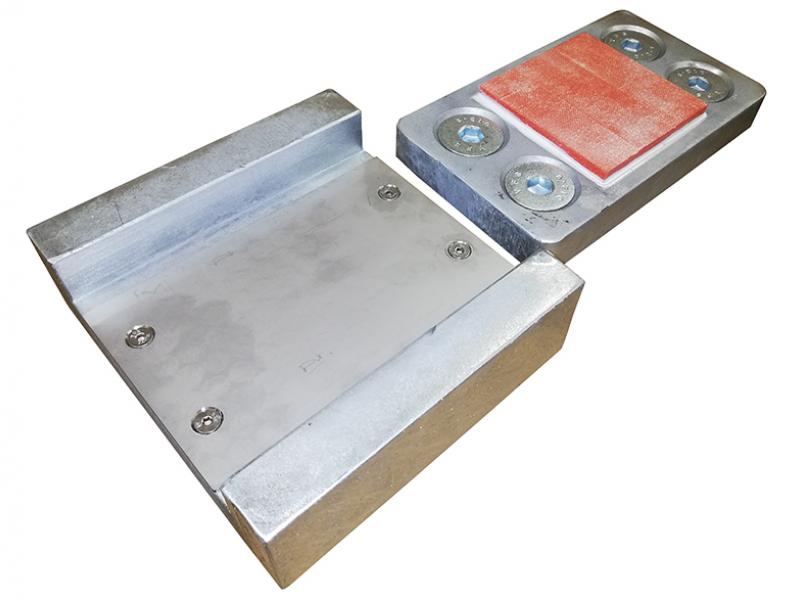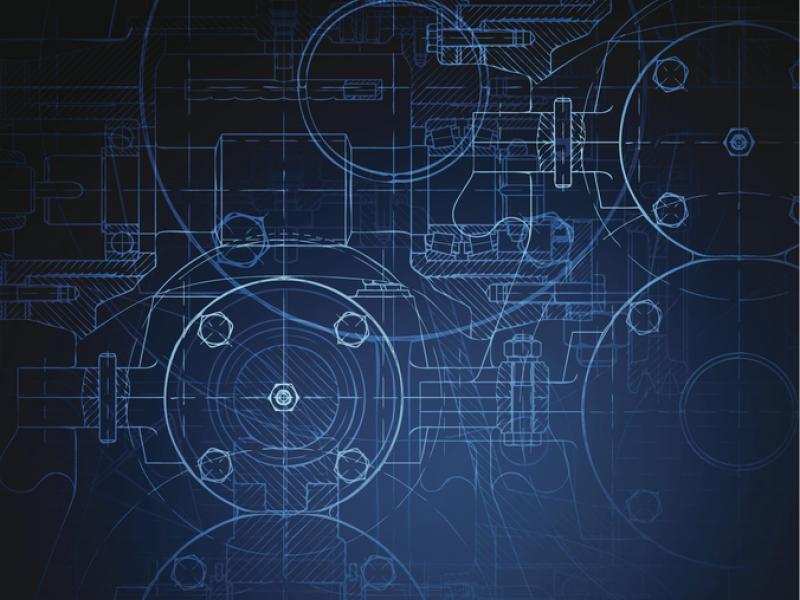The industrial motors and drives at the heart of industrial businesses provide a major opportunity for energy savings.
Motor and drives technology has improved greatly in the last 10 years, and with a large effort being spent on making equipment with a greener footprint, Steve Dumbrell, automation applications engineer at Bonfiglioli, says business owners can save money by reassessing how they use energy.
“Even straightforward initiatives such as the adoption of variable speed drives instead of fixed speed drives can produce savings,” says Dumbrell.
“Variable speed drives can typically reduce the speed required for a particular operation by 20 percent, cutting power bills by more than 30 percent and achieving payback in less than a year.
“Some of the biggest savings can be made simply by seeing if particular companies have any fans or pumps that are not being controlled by a variable speed drive – typically where the flow of the fan or pump is being controlled by a valve or flow regulator.
“Installation of a variable speed on these applications has one of the biggest potentials to save money and supply a quick payback time by reducing motor speed and thus reducing motor current.”
Where the use of motors becomes costly is when the motor is started and stopped regularly via a direct online start. This can draw five to seven times full load current of the motor out of the supply grid.
“Variable speed drives (VSDs) limit the starting current to between 150 percent and 200 percent of full motor current and also smoothly ramp the motor to require speed,” says Dumbrell.
Advances in drive design and control mean users can generate full motor torque down to virtually zero speed. This will reduce high inrush currents, greatly reduce motor winding fatigue and also allow users to set the correct motor speed for the application.
“By putting a VSD onto a common centrifugal pump and reducing the speed by around 20 percent, users can see power savings of around 30 to 50 percent,” he says.
“Many manufacturers and material processors install VSDs to allow the machine to have a variable speed, but modern VSDs can also have a variety of industrial sensors incorporated to allow the drive to better control the process – and save the cost of a PLC or separate controller.”
Dumbrell says makers of drives are starting to design them with low loss drive filters, sleep modes to reduce energy consumption when motors are not running, and load monitoring to optimise motor current to application and reduce energy supplied to the motor.
• Go to www.demm.co.nz/enquiry quote: DW121123
Get up to speed with money-saving motors
General Engineering
Monday, 29 October 2012





